
Are you looking to get more protein in your diet but not from animal products? After all, proteins are the building blocks of the human body. If you’re looking for vegan protein sources, I’ve got you covered.
Whether you’re a vegan or just trying to eat a more plant-based diet, many protein options fit the bill.
Are all proteins created equal? Unfortunately, the answer is “no.”
Animal proteins are considered complete proteins because they contain all 9 essential amino acids. The good news (especially for vegetarians and vegans) is that some plant proteins also have all of these essential amino acids.
The human body can’t make essential amino acids on its own, so we need to get them from what we eat. If you don’t eat meat, it’s critical to get high protein content from plant-based sources. All of the protein sources on our list are entirely vegan, which means they’re dairy-free (not just meat-free).
How much protein do you need? Most nutrition experts agree that you need about 0.8 grams of protein per one kilogram of body weight. That means if you weigh 150 pounds, you’ll need around 55 grams of protein per day. This can vary a bit from day to day.
How do you get enough protein on a plant-based diet? To consume enough protein daily, you should regularly eat the richest plant sources of protein. These sources include yummy things I’m about to tell you more about, like tempeh, quinoa, and spirulina.
Is plant protein better for you? Plant protein isn’t notably better or worse for you than animal protein. It really depends on who you ask or your individual health needs/goals. Some claim that plant protein is less effective because many high protein plant foods aren’t “complete proteins.”
But without a doubt, plant protein uniquely offers protein and antioxidants, fiber, vitamins, and minerals.

1. Tofu, Tempeh, and Edamame
Soy-based proteins (which are also plant-based proteins) include foods like tofu, tempeh, and edamame.
Tofu, also called soybean curd or bean curd, is made from the curdling of soymilk. Like seitan, tofu tends to take on the flavors around it, which makes tofu very versatile. It can be used for both sweet and savory dishes.
Tempeh is not as well known as tofu but offers even more nutrients and potential health benefits. Not many protein sources are rich in good bacteria, but tempeh is made from fermented soybeans, so it’s actually a probiotic source. It also contains impressive amounts of manganese, copper, phosphorus, and calcium.
What are edamame? Edamame are immature soybeans often eaten straight out of the pods after boiling or steaming them. They can also be found already shelled. Edamame is great by itself with a little sea salt or added to a stir fry or salad.
3.5 ounces of tofu contain about 8 grams of protein, while the same amount of tempeh contains around 20 grams of protein. Edamame comes in second with slightly more protein than tofu, at about 10.5 grams of protein in a 3.5-ounce serving.

2. Amaranth
If you’re already consuming gluten-free grains, you may be familiar with amaranth.
Amaranth is not only a whole grain, but it’s also a complete protein with all 9 essential amino acids. It’s exceptionally high in manganese, a vital mineral key to functions like processing carbohydrates, building bone structure, and healing wounds.
Amaranth is very similar to quinoa in terms of flavor and nutrition, but it has a more robust flavor. Amaranth can be made like oatmeal for a high protein breakfast. You can also look for amaranth flour to use in baking.
One cup of cooked amaranth contains about 9 grams of protein.
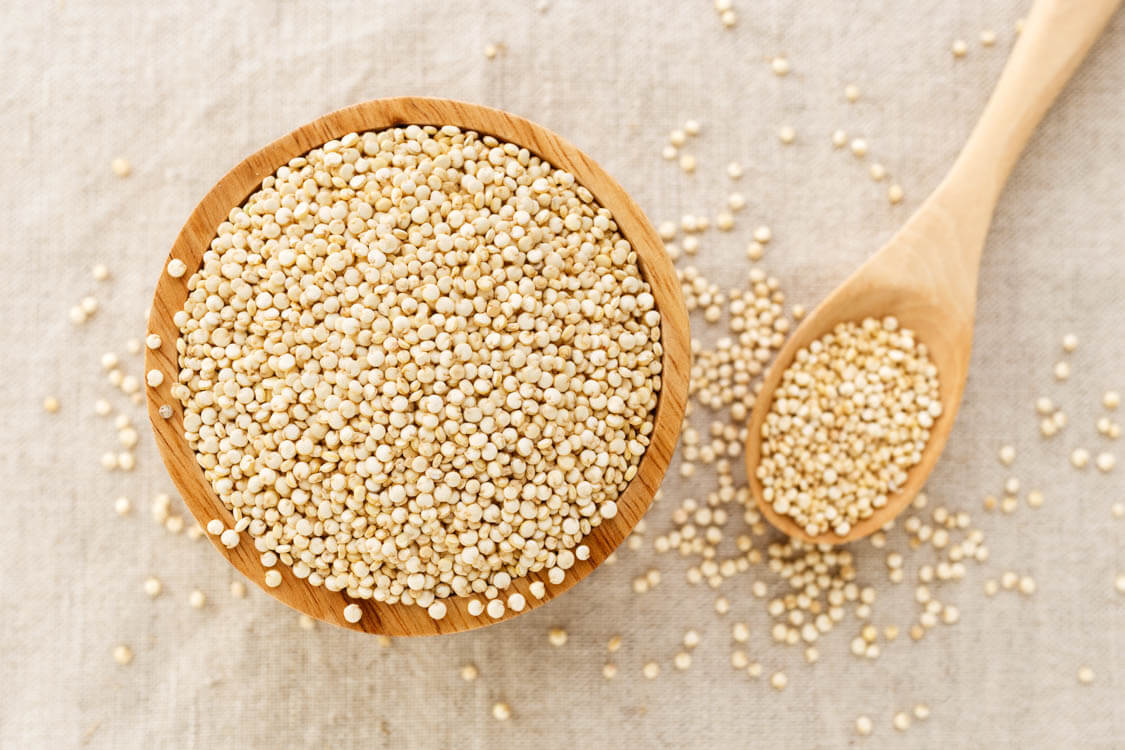
3. Quinoa
Want to feel like you’re having carbs, but you’re actually getting tons of protein? Get out the quinoa. Quinoa is a vegan protein that makes a perfect substitute for rice. With its nutty flavor, it can be even more flavorful than rice.
This ancient grain (technically a pseudocereal) is not only a gluten-free complete protein; it’s also loaded with valuable nutrients, including zinc, iron, and magnesium.
For perfect quinoa every time, you’ll want to know a few quinoa cooking tricks that guarantee a fluffy, rather than soggy, final product.
Use cooked quinoa to make a quinoa breakfast bowl, a curry quinoa salad, or a fiesta quinoa soup.
One cup of cooked quinoa contains about 8 grams of protein.

4. Lentils
Lentils are a plant-based protein that come in many varieties, including green, black, and red lentils. Whichever type you choose, the flavor will be nutty and earthy.
Do lentils offer anything other than protein? Lentils are also a tasty source of fiber, iron, phosphorus, and potassium.
Lentil soup is one of the most popular ways people consume lentils. I also love making lentils and potatoes. Since you’re most likely to purchase dried lentils, you’ll want to check out how to cook with dried lentils.
One cup of cooked lentils contains around 18 grams of protein.

5. Chickpeas
Chickpeas, also known as garbanzo beans, are one of the oldest known crops with a history that dates back over 7,500. It’s no surprise these veggies have been a part of traditional diets for so long when you see their nutrient profile.
Chickpeas are a vegan protein source high in folate, calcium, magnesium, and vitamin B6. Chickpeas are often eaten cold in salads but also make a delicious addition to soups.
You can use freshly cooked or canned chickpeas to make traditional hummus or a more colorful option like beet hummus.
Chickpea flour is a fantastic protein-rich alternative for regular flour that works really well in muffins and other baked goods.
A ½ cup serving of chickpeas contains approximately 10 grams of protein.

6. Spirulina
What is the best plant-based protein? Spirulina is the best plant-based protein on a vegan diet. At least, it’s a top contender as both a superfood and a plant-based source of complete protein (it’s about 65% protein).
This blue-green microalga is also a very rich source of copper, iron, and B vitamins.
Spirulina is typically used in powdered form and makes a tremendous protein-rich boost to any smoothie recipe.
One tablespoon of dried spirulina offers about 4 grams of protein.

7. Nutritional Yeast
With a nutty, cheesy flavor, nutritional yeast is not only a vegan protein source, but it’s also an excellent replacement for cheese in many vegan recipes. You can purchase it in flake, granule, or powder form.
Nutritional yeast is often used as a condiment. You can also add it to thicken dressings and sauces. Try using nutritional yeast in place of cheese, and you’ll likely be shocked at how much you don’t miss real cheese.
In addition to being a vegan protein, nutritional yeast is notably high in fiber and B vitamins.
One tablespoon of nutritional yeast can supply approximately 8 grams of protein.

8. Hemp Seeds
Technically a nut, hemp seeds are a complete protein high in healthy fats in the form of omega-3 fatty acids. With their nutty taste, they make a great addition to smoothies, yogurt, and salads.
Hemp seeds are also pressed into hemp seed oil and made into a protein-rich hemp seed powder.
Check out some of my favorite ways to use hemp seeds:
- Family-Style Chia & Hemp Seed Overnight Oats
- Beauty Avocado Toast With Watermelon Radish & Hemp Seeds
One tablespoon of hulled hemp seeds contains roughly 3 grams of protein. Sure, that number seems low — but when you combine it with other sources of plant protein, you’ll find it’s not difficult to hit your daily protein target.

9. Beans
Beans (legumes) are a plant-based protein best known for their high fiber content. They’re also rich in many essential vitamins and minerals. Bonus: They’re great for maintaining healthy cholesterol levels.
There are so many bean options to choose from, and each one has its own unique appearance and flavor.
Legumes with a high amount of protein include:
- black beans
- cannellini beans
- kidney beans
- adzuki beans
- pinto beans
- navy beans
- peanuts (and peanut butter)
Beans are a perfect addition to soups and salads. Whether you’re already a fan of beans or looking to start eating them more, my vegan black bean soup is a delicious and protein-rich lunch or dinner option.
Protein content can vary slightly by bean, but for example, a ½ cup of black beans contains about 7 grams of protein.
10. Protein Powders & Bars
When you’re in a rush or on the go but still want to up your protein intake, a plant-based protein powder or bar can be a convenient choice. Look for powders and bars low in sugar and high in protein.
Common vegan protein blends include pea protein, pumpkin seeds, chia seeds, flaxseed, sunflower seeds, cranberries, and hemp seeds. Many brands also include digestive enzymes to help offset any potential bloating or other uncomfortable symptoms that may come with consuming this form of protein.
But wait, is vegan protein powder bad for you? Some vegan protein powder may be bad for you. Not all of these products are as healthy as they may seem, so it’s always essential to read labels thoroughly. Watch out for any added sugar, GMOs, artificial colors, artificial flavors, and other unhealthy ingredients.
What is the healthiest vegan protein powder? That’s debatable, but I believe the healthiest vegan protein powders are low in sugar (preferably unsweetened), have a simple and clean ingredient list, and offer nutrients other than protein.
My go-to protein powder right now is Tone It Up. It’s a clean, plant-based powder made from pea protein, chia seed, and gluten-free oats.

11. Seitan
Seitan is a vegan protein made from wheat. It’s actually made from the main protein found in wheat, which is gluten. That means it’s not an option for gluten-free eaters, but it is considered one of the most meat-like vegetarian proteins in terms of texture.
Although seitan is not a complete protein on its own, you can cook it in soy sauce, rich in the amino acid lysine, to round off its amino profile.
The mild taste of seitan is compared to chicken or mushrooms. Combine seitan with your favorite spices or sauces, and it will soak those flavors right up.
If you don’t have an issue with gluten, seitan is a protein-packed food for a vegan diet. A ⅓ cup serving of seitan has an impressive 21 grams of protein.
So there you have it, 11 sources of plant-based protein that you can start to enjoy today.

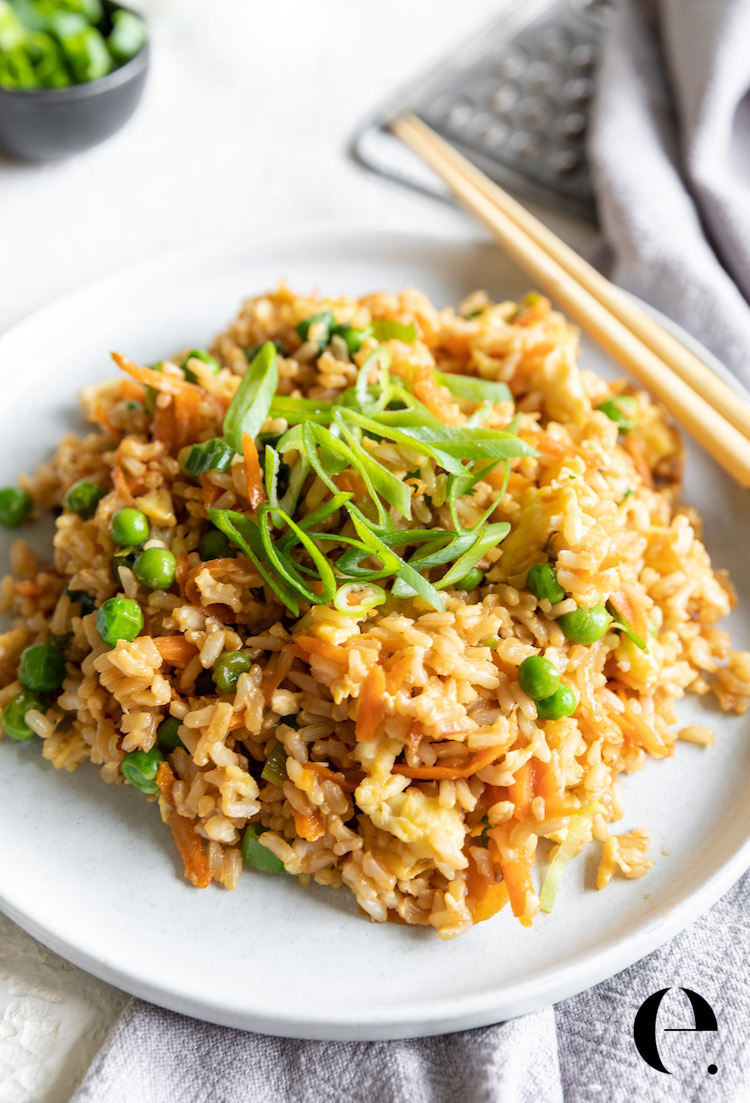
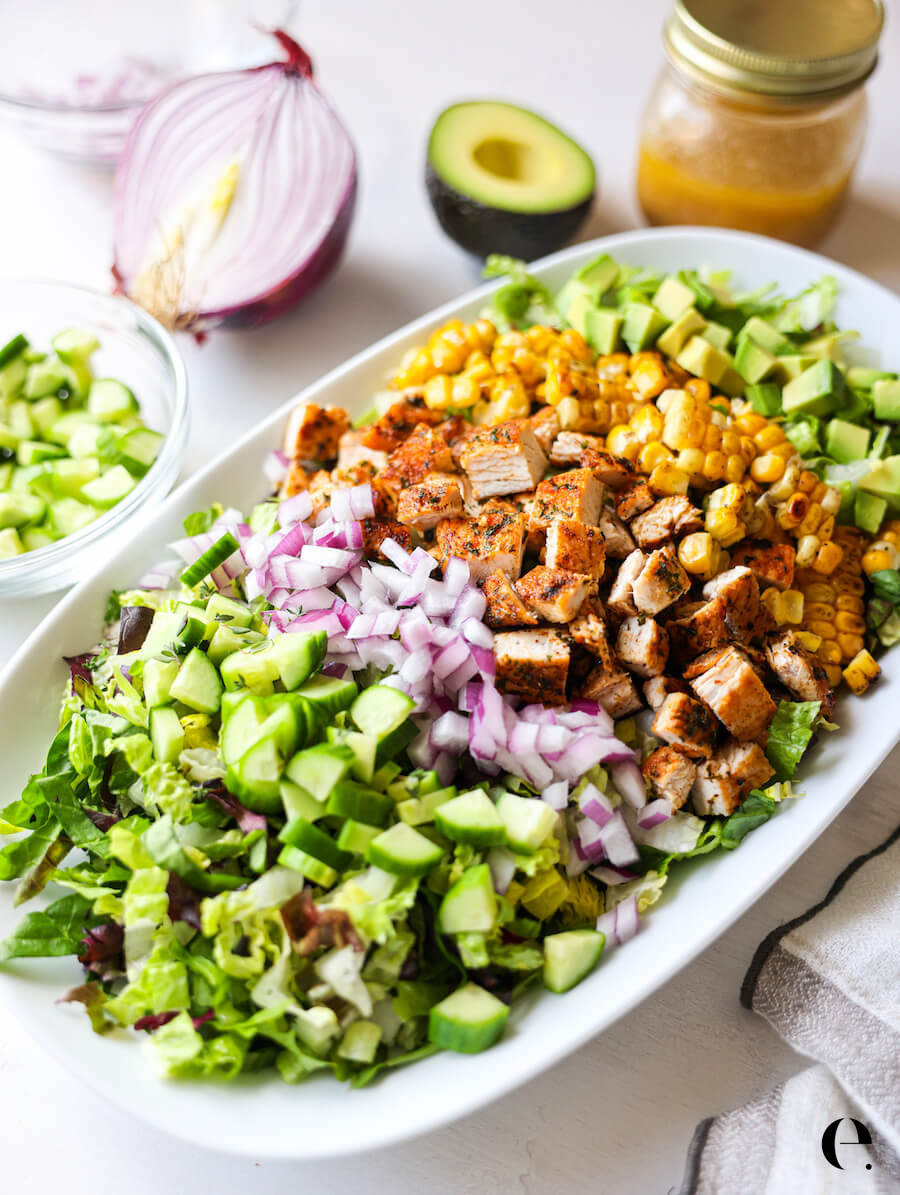
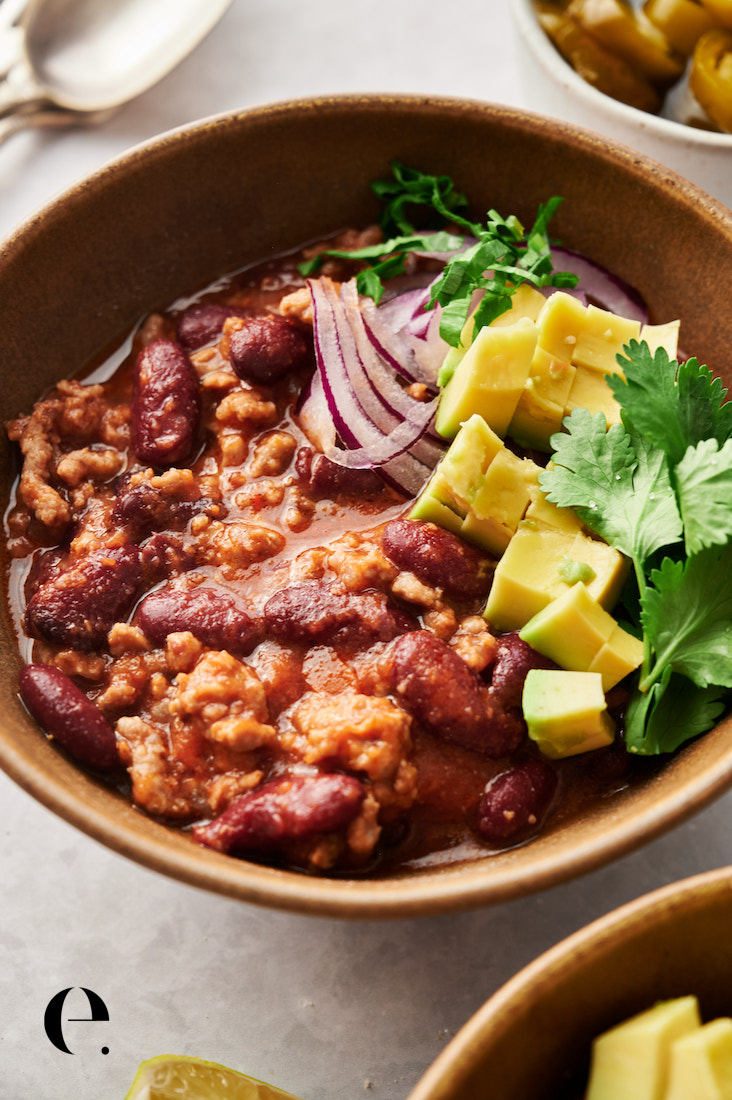
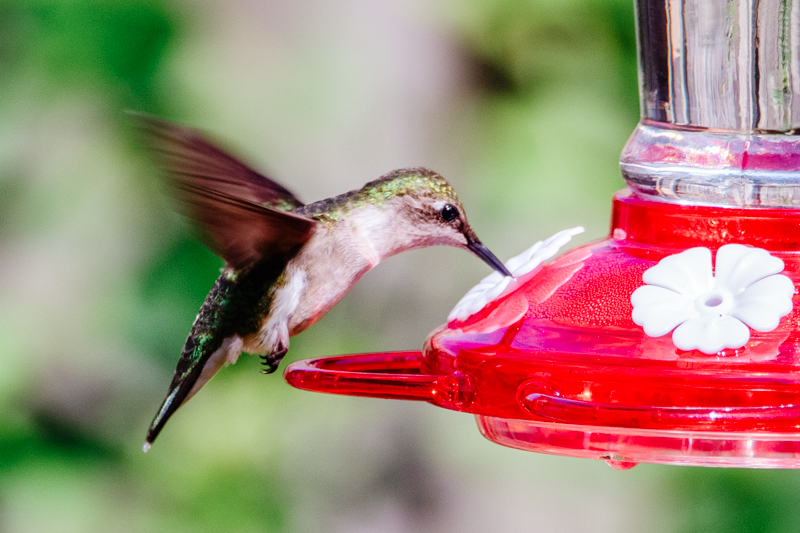
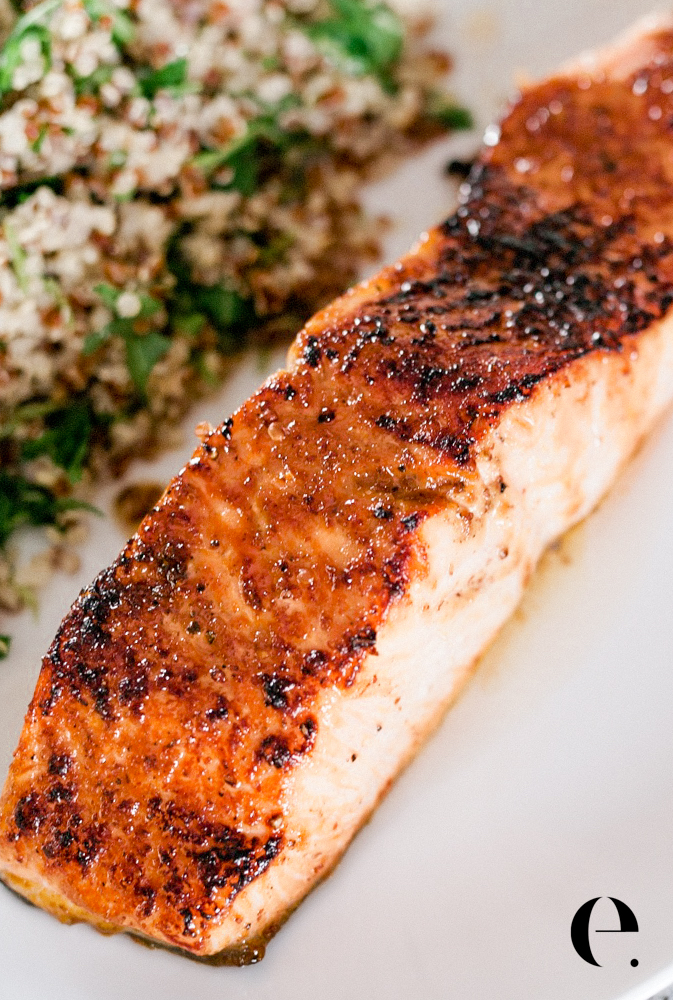
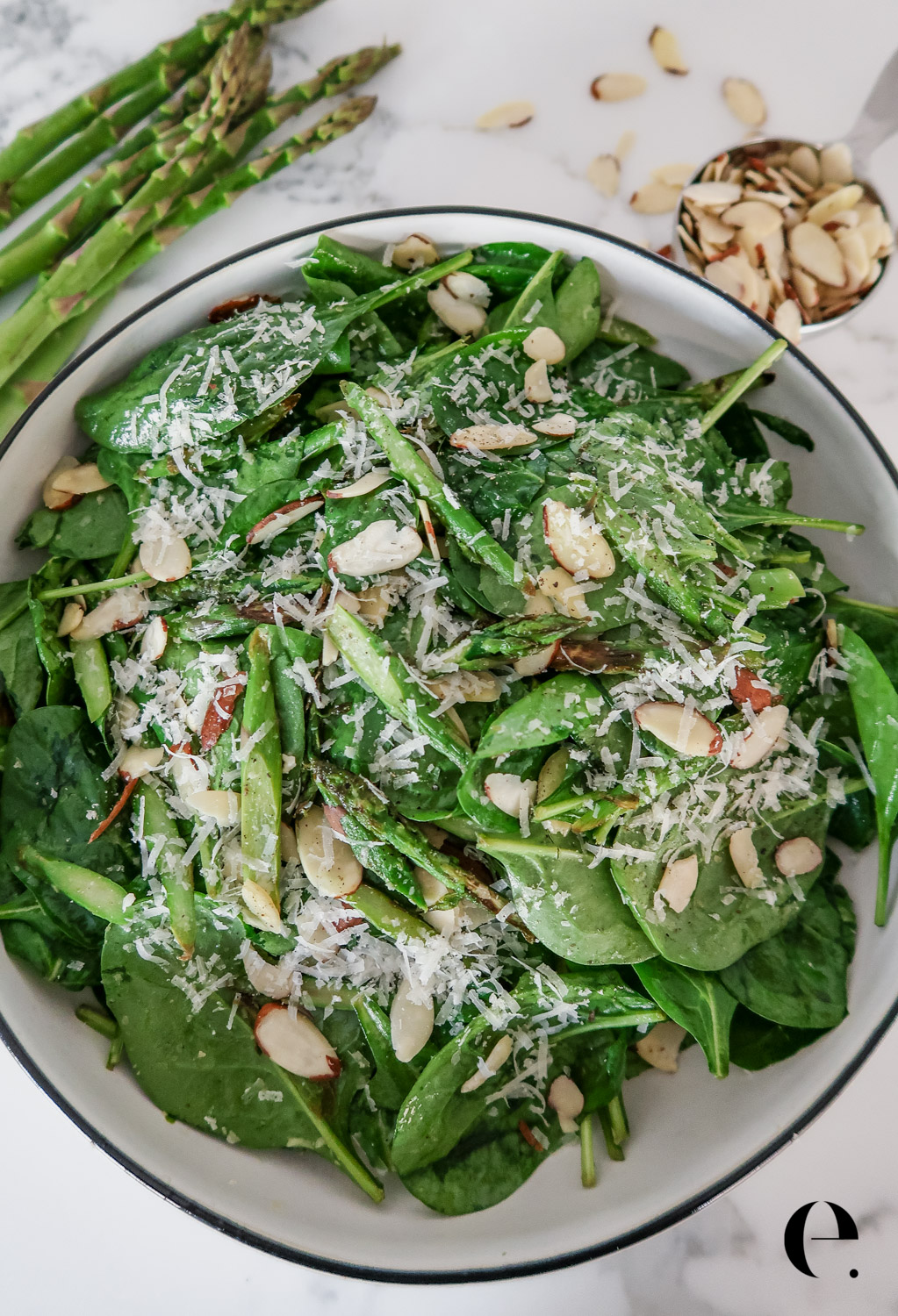
Very knowelegeable information you have provided! Excited to try to incorporate to our family meals.
Thank you